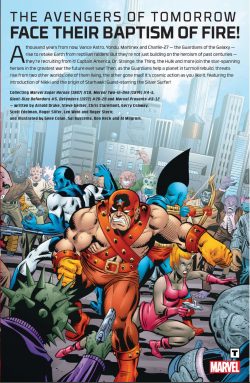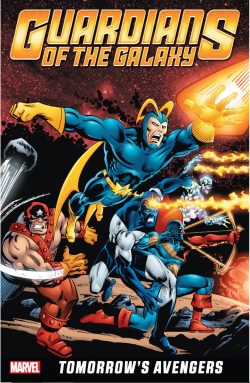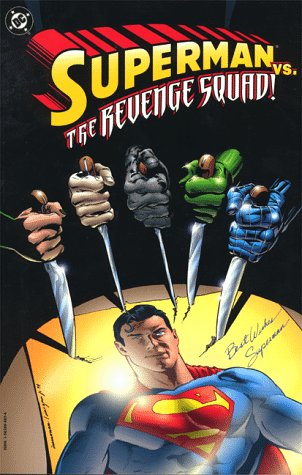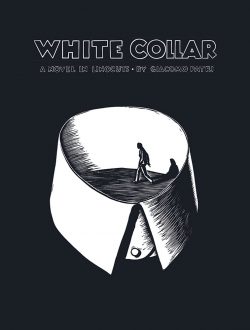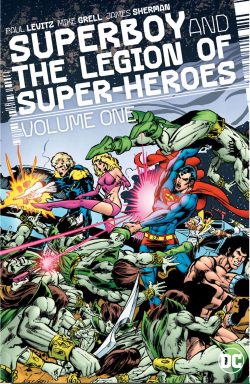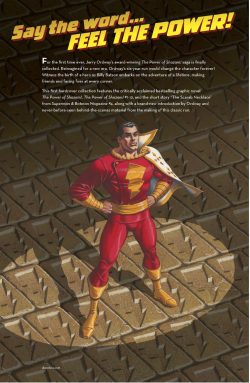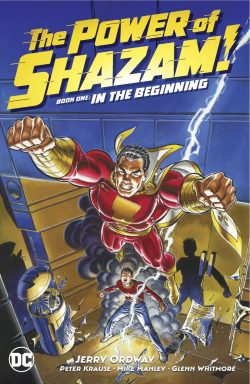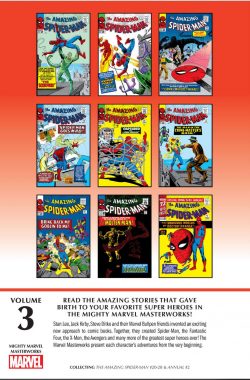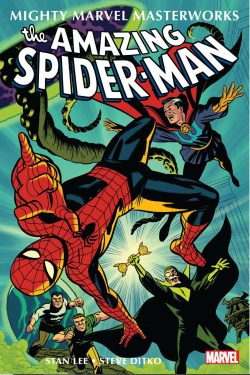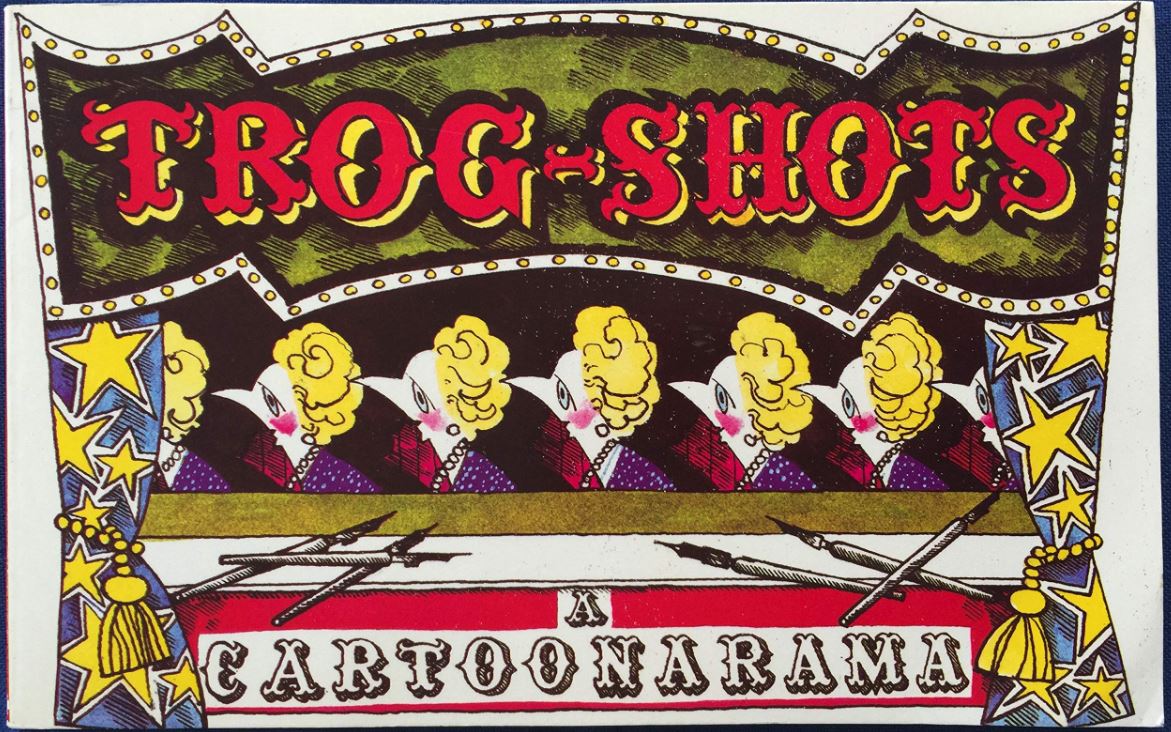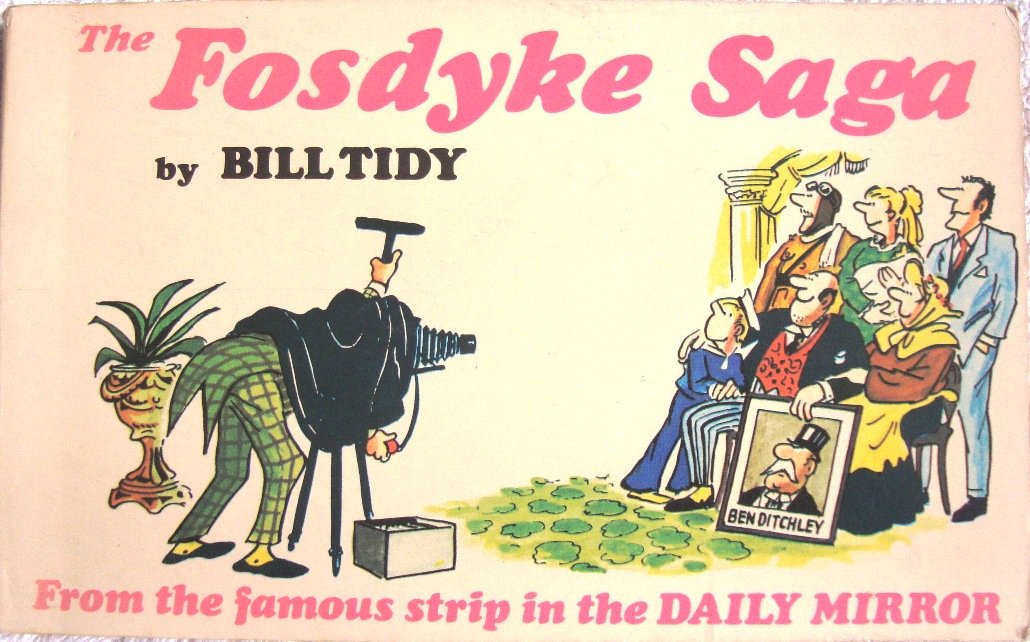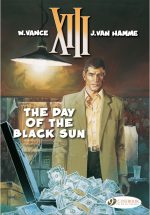


By William Vance & Jean Van Hamme, coloured by Petra (Cinebook)
ISBN: 978-1-84918-039-9 (Album PB/Digital Black Sun) 978-1-84918-040-5 (Album PB/Digital Indian Walks Sun)
One of the most consistently entertaining and popular adventure serials in Europe, XIII was created by writer Jean Van Hamme (Wayne Shelton, Blake and Mortimer, Lady S.) and artist William Vance when working on numerous strips such as Bruce J. Hawker, Marshal Blueberry, Ramiro, Bob Morane and more.
Van Hamme – born in Brussels in 1939 – is one of the most prolific writers in comics. After academically pursuing business studies he moved into journalism and marketing before selling his first graphic tale in 1968.
Immediately clicking with the public, by 1976 he had also branched out into novels and screenwriting. His big break was the monumentally successful fantasy series Thorgal for Le Journal de Tintin magazine. He then cemented his reputation with mass-market bestsellers Largo Winch and XIII as well as more cerebral fare such as Chninkel and Les maîtres de l’orge. Van Hamme has been listed as the second-best selling comics author in France, ranked beside the seemingly unassailable Hergé and Uderzo.
Born in Anderlecht, William Vance was the comics nom de plume of William van Cutsem, (September 8 1935 – May 14th 2018). After military service in 1955-1956 he studied art at the Académie Royale des Beaux-Arts and promptly became an illustrator of biographic features for Le Journal de Tintin in 1962. His art is a classical blend of meticulous realism, scrupulous detail and spectacular yet understated action. In 1964 he began maritime serial Howard Flynn (written by Yves Duval) before graduating to more popular genre work with western Ray Ringo and espionage thriller Bruno Brazil (scripted by Greg). Further success followed when he replaced Gérald Forton on science fiction classic Bob Morane in Femmes d’Aujourd’hui, (and later Pilote and Tintin).
Constantly working on both serials and stand-alone stories, Vance’s most acclaimed work was his collaboration with fellow Belgian Van Hamme on a contemporary thriller based on Robert Ludlum’s novel The Bourne Identity…
XIII debuted in 1984, originally running – to great acclaim – in prestigious comics anthology Le Journal de Spirou. A triad of albums were rushed out – simultaneously printed in French and Dutch language editions – before the first year of serialisation ended.
The series was a monumental hit in Europe – although publishing house Dargaud were initially a little slow to catch on – but has fared less well in its many attempts to make the translation jump to English, with Catalan Communications, Alias Comics and even Marvel all failing to maximise the potential of the gritty mystery thriller. That all changed when Cinebook took over. To date all the original series and most of the spin-offs have seen print…
XIII: The Day of the Black Sun
The epic conspiracy thriller was first seen in Le Journal de Spirou #2408- 2411, triggering an epic journey of unrelenting action, mood, mystery and mayhem. Quickly packaged as debut album collection Le jour du soleil noir, it begins here in translated form on a windswept, rocky shore where retired Abe’s quiet day of fishing is ruined after he reels in a body…
Shockingly, his catch is still alive – despite being shot in the head – and as Abe’s wife Sally examines the near-corpse she finds a key sewn into his clothes and Roman numerals for “thirteen” tattooed on his neck. The area is desolate and remote and the fisherman has already gone for the only medical assistance he can think of: an alcoholic surgeon struck off for operating whilst inebriated…
After a tense, makeshift and rushed procedure ends in miraculous success, the three conspirators agree they can never tell anyone. Old Martha has performed a miracle in saving the presumably shipwrecked stranger, but if the authorities ever find out, she faces jail for practicing without a license.
There’s a further complication. The gunshot victim – a splendid physical specimen clearly no stranger to action or violence – has suffered massive and probably irreversible brain trauma. Although now sound in body, he has completely lost his mind. Language skills, social and reflexive conditioning and muscle memories remain intact, but every detail of his life-history have been utterly erased…
Some while later, as Martha explains all this to the swiftly recuperating stranger – whom Abe and Sally have named Alan after their own dead son – his lost past life explosively intrudes when contract killers invade the remote beach house with guns blazing. Terrifying skills he has no conception of instantly surface asaAlan lethally counters the attack, but too late to save anybody but himself and Martha…
In the aftermath, Alan finds a photo of himself and a young woman on one of the hitmen and, with Martha’s help, traces the image to nearby metropolis Eastown. Desperate for answers, and certain more killers must be coming, the human question mark heads out to confront unimaginable danger and hopefully find the answers he so urgently needs…
Eager to find the mystery woman he was clearly intimate with, he tracks the photo to the offices of the local newspaper, bringing him to the attention of a shady cop who recognises the amnesiac and makes sinister plans…
The woman in the photo is Kim Rowland, a local widow officially listed a “missing person”. When Alan goes to her house he finds the key he was carrying fits the front door. Inside is a scene of devastation, but a thorough search utilising gifts he was unaware he possessed turns up another key and a note warning someone named Jake that “The Mongoose” has found her and she must disappear…
As the search unfolds, Alan/Jake is ambushed by the dirty cop and newspaper editor Wayne. Gloating, Lieutenant Hemmings calls him “Shelton” and demands the return of a large amount of money the baffled amnesiac has no notion of. Alan/Jake/Shelton guesses the new key he found is for a safe-deposit box and bluffs the thugs into taking him to the biggest bank in town…
The bank manager there also knows him as Mr. Shelton and happily escorts him to his private room, but when Hemmings and Wayne examine the briefcase left in Shelton’s deposit box, a booby trap detonates. Taking advantage of the confusion, their prisoner snatches up the case and expertly escapes from the bank, despite the institution rapidly initiating lockdown procedures.
Later in a shabby hotel room, the agonised angry amnesiac considers the huge amount of cash in the case and – not for the first time – wonders what kind of man he used to be…
Preferring motion to inactivity, Alan prepares to leave, but stumbles into a mob of armed killers breaking into his room. In a blur of lethal activity, he escapes to the roof with the thugs in hot pursuit and crashes into another group led by a man called Colonel Amos…
The chilling executive calls his captive “Thirteen”, claiming to have previously dealt with his predecessors XI and XII over something called the “Black Sun case”…
The Colonel also very much wants to know who Alan is, and has some shocking facts already at his disposal. The most sensational is a film of the recent assassination of the American President, clearly showing the lone gunman to be the now-appalled Thirteen…
Despite Alan’s heartfelt conviction that he is not an assassin, Amos continues to accuse his memory-wiped captive of being an employee of a criminal mastermind. The Security Supremo wants the man in charge, but fails to take Alan’s submerged but instinctive abilities into account. He is taken completely by surprise when the prisoner rashly leaps out of a fourth floor window…
Somehow surviving the plunge and subsequent pursuit, the frantic fugitive heads for the only refuge he knows, but by the time he reaches Martha’s beachside house trouble has beaten him there…
Another band of killers is waiting; led by a mild-seeming man Alan inexplicably calls The Mongoose. This smug monster expresses surprise and admiration: he thought he’d ended Thirteen months ago…
Tragedy follows an explosion of deadly violence, as Alan goes into action. Henchmen are mercilessly despatched – albeit too late to save Martha – but The Mongoose escapes, swearing dire revenge…
With nothing but doubt, confusion and corpses behind him, the mystery man regretfully hops a freight train west and heads toward an uncertain future…
And so began one of the most compelling and convoluted mystery adventures ever conceived, with subsequent instalments constantly taking the questor deeper and deeper into danger, misery, frustration and – always – more death…
XIII volume 2: Where the Indian Walks
The epic conspiracy saga of unrelenting mood, mystery and mayhem began when a kind old man came upon a body on a windswept, rocky shore. The human flotsam was alive despite being shot in the head, and had a key sewn into his clothes and the Roman numerals for thirteen tattooed on his neck. He was treated by an alcoholic, struck-off surgeon and as he recuperated a complication emerged irreversible brain trauma. Language skills, muscle memories, even social and reflexive conditioning all remained, but every detail of his life-history was gone…
The bewildering journey resumes in Where the Indian Walks (originally collected in Europe as in Là où va l’Indien in late 1985, after earlier serialisation in Spirou #2462-2465, spanning 28th June to 9th July 1985).
Here and now, the human enigma’s search for Kim Rowland brings him to a military base where her dead husband was once stationed. His enquiries provoke an unexpected response and it takes a whole platoon to subdue him after Alan instinctively resists arrest with horrific force. Soon he is being interrogated by General Ben Carrington and his sexily capable aide Lieutenant Jones.
They claim to be from the US Joint Chiefs of Staff, know an awful lot about black ops units and – eventually – offer incontrovertible proof that their memory-challenged prisoner is in fact officially deceased Captain Steve Rowland – and one of their select number…
Soon after, Carrington has Jones test the returned prodigal’s ingrained combat abilities. When Steve beats her, he’s made a strange offer…
The military spooks drop him off in Rowland’s home town of Southberg: clandestinely returned to his rat’s nest of a family just in time for the vultures to begin circling the dying body of paralysed patriarch Matt Rowland.
Steve’s wheelchair-bound pa still exerts an uncanny and malign grip over the town, local farmers and his own grasping, ambitious relatives. The surprise reappearance of another potential heir really sets the cat among the pigeons…
The sheer hostility of the avaricious relatives isn’t his problem, however: before Steve left town for the army, he pretty much made enemies of everyone in it. Even the sheriff has happily harboured a grudge foe years…
One who hasn’t is storekeeper Old Joe who shows the amnesiac home movies that give the obsessed Thirteen the most solid clue yet to his quarry. So stunned by the possibilities is Alan/Steve that he’s completely unprepared for the brutal murder attempt that follows. Luckily, the sheriff is on hand to stop it, but when the bruised and battered truth-seeker arrives back at the family mansion, Colonel Amos is waiting, applying further pressure to find the mastermind behind the President’s assassination. This time however it’s Kim he wants to question… as soon as Steve finds her…
The Forgetting Man ignores every distraction; using the scant, amassed film and photo evidence to narrow down the location of a cabin by a lake “where the Indian walks”. It has to be where Kim is hiding…
That single-mindedness almost proves the seeker’s undoing when the patriarch is murdered and his recently returned son perfectly framed for the killing…
With Thirteen again subject of a furious manhunt, Carrington and Jones reappear to help him reach the cabin, but when he finally confronts Kim, the anguished amnesic receives the shock of his life… just before the posse bursts in…
To Be Continued…
XIII is one most compelling and convoluted mystery adventures ever conceived, with subsequent instalments constantly taking the questing hero two steps forward, one step back (…and one step to the side too) as he encountered a world of pain and peril whilst unravelling a web of past lives he is told he led by people he can never trust…
Fast-paced, clever and immensely inventive, XIII is a series no devotee of mystery and murder will want to miss.
Original editions © Dargaud Benelux (Dargaud-Lombard SA), 1984 by Van Hamme, Vance & Petra. All rights reserved. These editions published 2010 by Cinebook Ltd.

